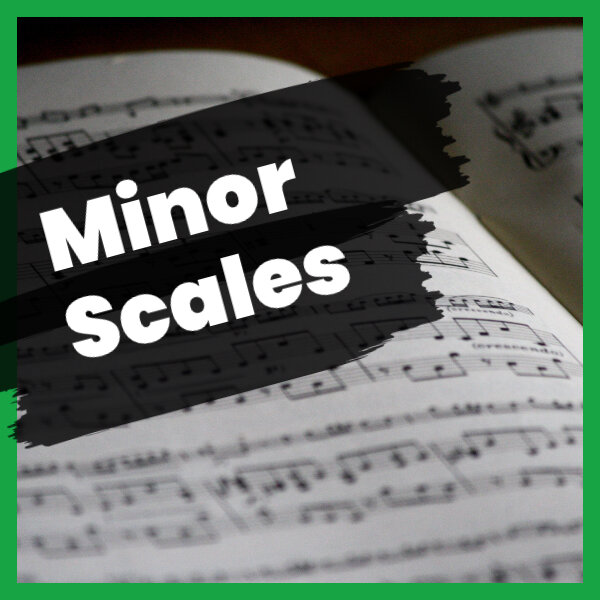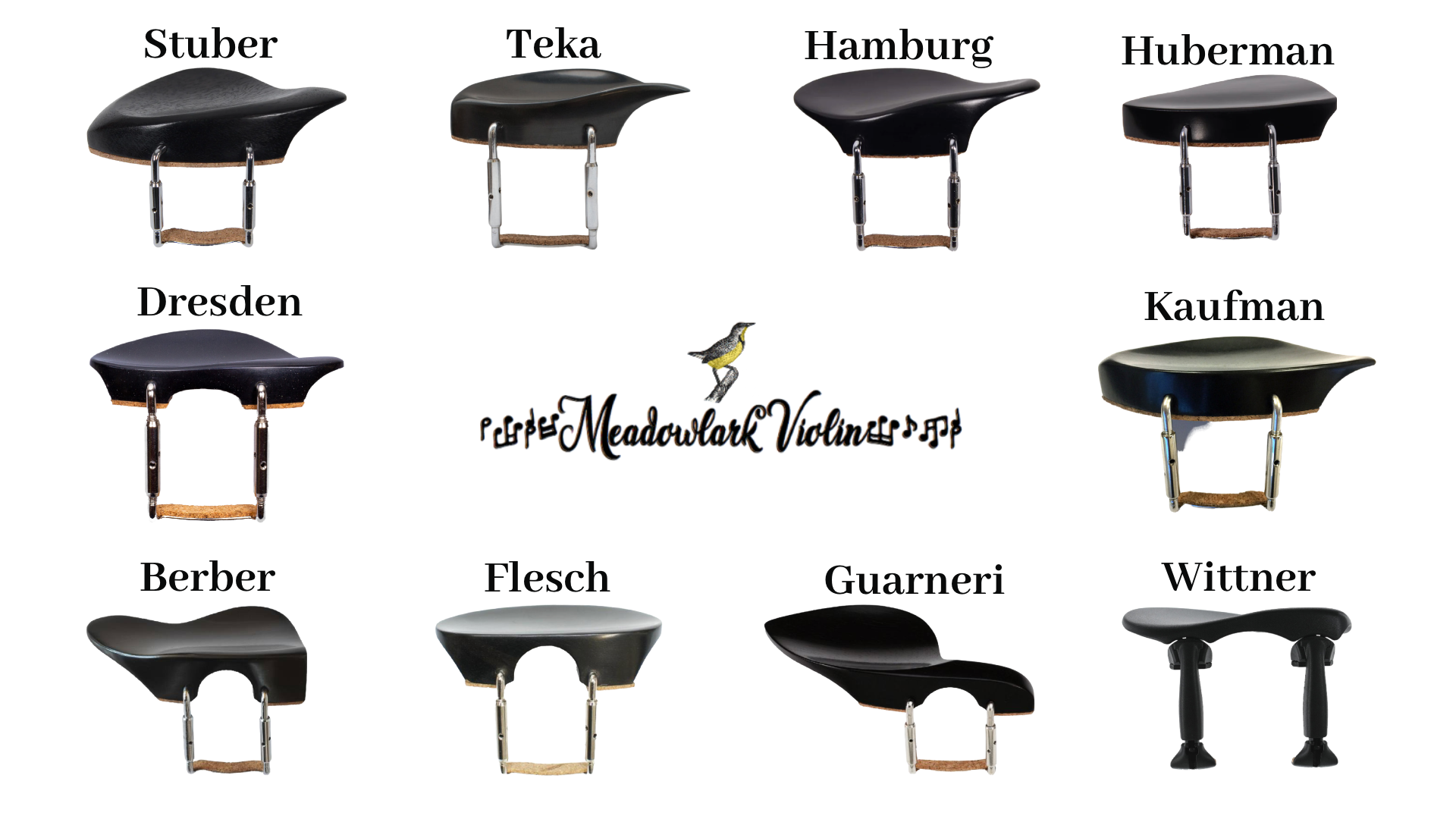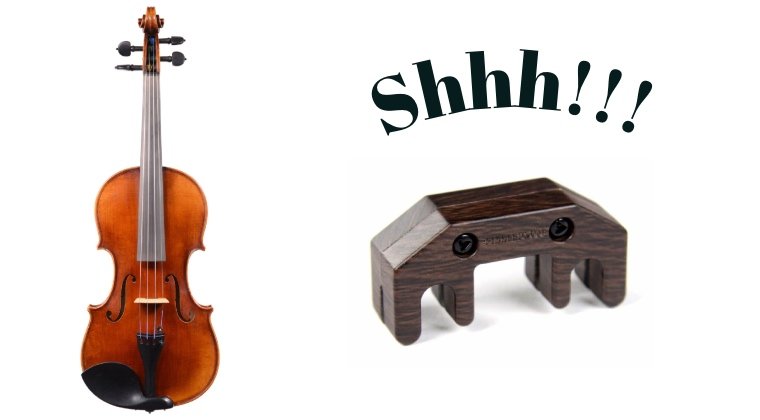Understanding Minor Scales for the Violin
/For every major key signature, there is a minor scale that shares that same key signature. We call these minor scales relative minor scales, since they are related to the major key signature. Relative minor scales will have a different starting pitch than their relative major scales. For instance, C major and A minor are relative scales since they both share a key signature (zero sharps or flats).
Minor scales are a little more complex than major scales because minor comes in three flavors: natural, harmonic, and melodic. Before we get to that, let’s figure out the half steps and whole steps in a minor scale.
We’ll start with the A minor scale. Can you determine the order of half steps and whole steps between each note?
Your answer is: Whole Half Whole Whole Half Whole Whole. Sum it up by remembering WHWWHWW
This is a natural minor scale. It’s in it’s “natural” state. Nothing has been changed or altered. Try playing it. It sounds a little strange doesn’t it? Remember how the seventh scale degree or leading tone should lead to tonic? When you have a whole step between the leading tone and tonic (scale degrees 7 and 8) it doesn’t really sound like the leading tone is leading anywhere. What if we raised that seventh scale degree to a G# so that it’s a half step between 7 and 8.
Our scale would look like this.
This sounds a lot more “right” doesn’t it? That’s because the G# really leads to the A. When you raise the seventh scale degree in a minor key you get a harmonic minor scale. Most music written in minor keys has the seventh scale degree raised like in this scale.
The only problem with the harmonic minor scale is that it creates an awkward leap between the sixth and seventh scales degrees. Now, F and G# are three half steps away from each other! Since we are raising scale degrees, let’s just go ahead and raise that sixth scale degree too. That makes the big leap a little less big.
Now we have this:
That’s our melodic minor scale. Well, it’s half of our melodic minor scale. Natural and harmonic minor scales are the same ascending and descending but with melodic minor scales, we change things up on the way down. In a melodic minor scale you raise the sixth and seventh scale degrees on the way up and you naturalize them on the way down.
You might think that rule was created to torture music students but it does make sense. Why did we raise the seventh scale degree to begin with? Because we wanted it to “lead” to tonic. If we are descending and going away from tonic, there’s no need to have it raised. We practice melodic minor scales because that’s what we’ll see in most music written in minor. If we are ascending towards the tonic, the sixth and seventh scale degrees will be raised. If we’re descending, they will be natural. Here’s your complete melodic minor scale.
Now that you know about scales we’ll move onto intervals how they can make a big difference in your violin playing!
Happy (scale) Practicing!




















